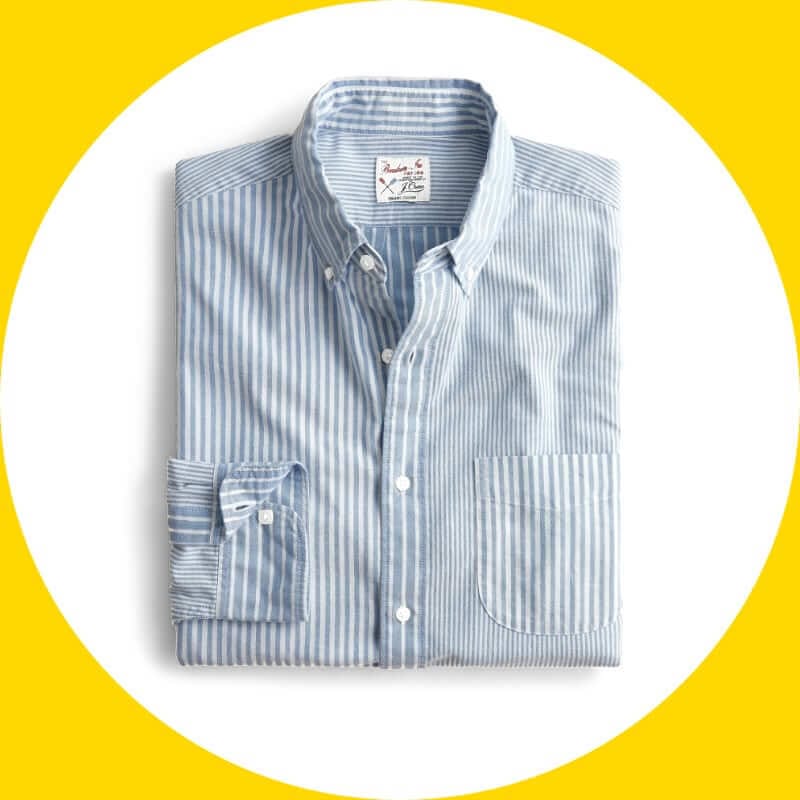The Daily Valet. - 9/9/21, Thursday
✔️ Bad News Overload

Thursday, September 9th Edition

How much health tracking is TOO much?
Cory Ohlendorf, Editor ⋯ @coryohlendorf
Today’s Big Story
Bad News Overload
The earthquakes and wildfires and wars keep piling up. We’re not built to handle all this at once.

Tropical Storm Mindy made landfall in Florida Wednesday, as the fallout from Hurricane Ida just left us with over $50 billion in damages and thousands still without power.
But what’s new? It seems like so much is going wrong right now. From the Delta variant surge and violence across the globe to climate change and childhood obesity, it’s hard to keep up. And it’s certainly getting harder to care.
Not that we’re unfeeling—simply exhausted. Turns out, all these simultaneous disasters are messing with our brains. Humans are not cut out for this rapid-fire trauma.
As The Atlantic points out, the exhaustion that has stemmed from almost 20 months of living amidst a deadly virus and an onslaught of catastrophes has complicated our collective ability to empathize.
Case in point: 2020 was the deadliest gun violence year in decades, but that news came and went amidst a torrent of other depressing stories.
So what can you do? InsideHook remind us that you can’t fix all of these issues. In fact, you can’t really “fix” any of them. That isn’t nihilism—it’s a permission slip to take a deep breath. But you can make small contributions to any cause you believe in, and help in making the world a better, more compassionate place.
↦ Dig Deeper: Experts share their advice for determining when and how to talk to children about difficult news stories.
What’s at the Heart of America’s Political Rift?
Turns out, it has a lot to do with education
You don't have to follow politics closely to know that the America feels sharply divided these days. The cultural and political rift seems to be widening more than ever. It's no longer about differences of ideas—it's about taking sides and digging in your heels.
According to the New York Times, it might feel new, but these differences are only the latest manifestation of a long-bubbling trend: “the realignment of American politics along cultural and educational lines, and away from the class and income divisions that defined the two parties for much of the 20th century.”
Put simply: College graduates are now a firmly Democratic bloc, and their progressive views are shaping the party's future. Those without degrees, once the Democrat's working-class base, have flocked to Republicans.
There's no guarantee, however, that the rising liberalism of the Democratic voter will continue. For instance, a wave of activism in the 1960s gave way to a relatively conservative generation of college graduates in the early ’80s. That could always happen again. But what can be guaranteed is that the college-educated share of the population—and the electorate—will continue to increase. After all, people aren't going to college less these days.
↦ FYI: 41% of people who cast ballots in the last presidential election were four-year college graduates. By contrast, that number was just 5% in 1952.
U.S. Renewable Energy Sees Record Growth
Nearly half of American electricity could come from solar by 2050
Renewable energy saw record growth in the first six months of 2021 and now accounts for 25% of all the electricity capacity in the U.S., up from 23% a year ago.
Overall, the renewable energy sector grew nearly 38% faster in the first half of 2021 than in the same period of 2020 but, perhaps most importantly, the growth of fossil fuel electricity has slowed down dramatically, reports TreeHugger.
And on Wednesday, the Biden administration said that solar power could provide nearly half of America's electricity by the middle of this century. Of course, the details will have to be determined by Congress, which is scheduled to debate a $1.2 trillion infrastructure package later this month.
Once cost-prohibitive on a large scale, solar power has plummeted in price over the last several years, so much so that building solar projects is often cheaper now than building plants for fossil fuels, like coal or natural gas. Energy Secretary Jennifer Granholm told NBC News the latest data illustrates how solar power is “our cheapest and fastest-growing source of clean energy.”
↦ FYI: President Biden previously set a goal for U.S. electricity to be carbon-neutral by 2035, but had not spelled out what mix of clean energy sources would be needed to achieve it.
Whoop’s Tracker Gets More Wearable
Your workout apparel just got a lot smarter
Subscription wearable-maker Whoop on Wednesday launched its successor to its popular Strap product. The Whoop Strap 4.0 doesn't depart from the company's core goals, aesthetics, or subscription model. Instead, the performance-focused training device gains blood oxygen and skin temperature monitoring for more accurate health tracking.
Among fitness trackers, Whoop has always been an odd duck. To start, there's no screen. It's also one of the few bands that focuses on recovery. The hardware itself is free, but you pay a monthly subscription for the app, which according to Gizmodo, caters to the type of fitness nerd that loves analyzing charts.
The company is also getting into “smart” clothing, reports WIRED. The Whoop module that's normally worn on the wrist has been redesigned so that it can also be attached to Whoop-branded athletic apparel. It's also the first consumer product on the market to ship with a new kind of super-charged silicon lithium battery.
↦ Big Whoop: Last month, the company raised an additional $200 million in funding, which valued the business at $3.6 billion.
In Other News
Other Things We’re Talking About Today
+
Cures for Sore Muscles That Work
Get the gains from your pain
We've all been there, right? Crushed a tough workout only to be rewarded with stiff, aching muscles afterwards.
Of course, pain is a natural result of exercise. It's known as “delayed onset muscle soreness,” and a sign that your muscles are rebuilding. Which is just what you want them to do. But that doesn't mean it isn't uncomfortable.
And believe it or not, the jury is out on whether common pain relievers like Tylenol or Advil provide much help. Medical studies have shown that chronic use of acetaminophen or “nonsteroidal anti-inflammatory drugs” may actually inhibit muscle growth, though they're certainly okay to use occasionally.
Unlike professional athletes, we don't have an on-call massage therapist or a buffet of high-tech recovery equipment like cryotherapy chambers to help relieve our aches and pains. Fortunately, there are some simple and inexpensive solutions you can try in the comfort of your home the next time you get a little too ambitious at the gym.
↦ Read: The best cures for your sore muscles.
Weekend Shopping Plans
Get your shirts and shoes on discount while you can.


Up to 60% off on thousands of new markdowns
Tom Ford polarized sunglasses, $435 / $261


Extra 30% off sale items w/code SHOPSALE
Broken-in oxford shirt, $75 / $25.19


Up to 75% off select styles
Durston lace shoe, $130 / $44.99

Expires 9/10

Expires 9/13

Expires 9/20
↦ Want More? See all 36 sales
Morning Motto
Sometimes letting go is the strongest way to build bridges.

↦ Follow: @still.life
That’s all for today...



Valet Media LLC535 S. Curson Ave. #8GLos Angeles, CA 90036[email protected]